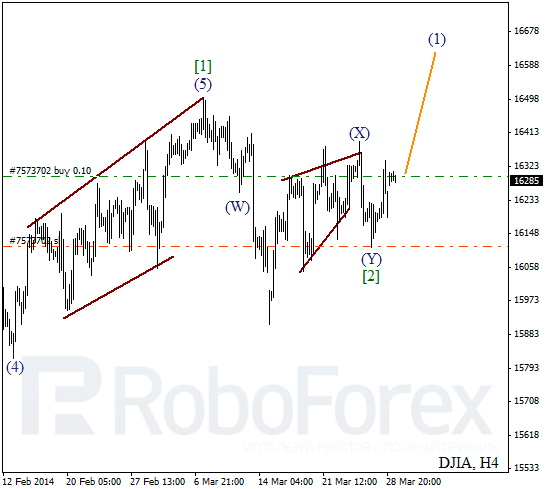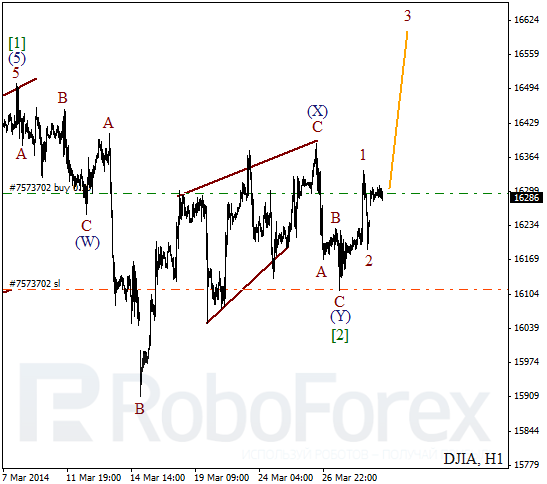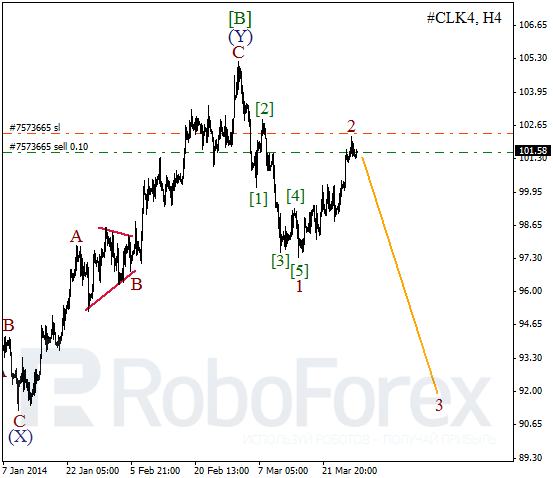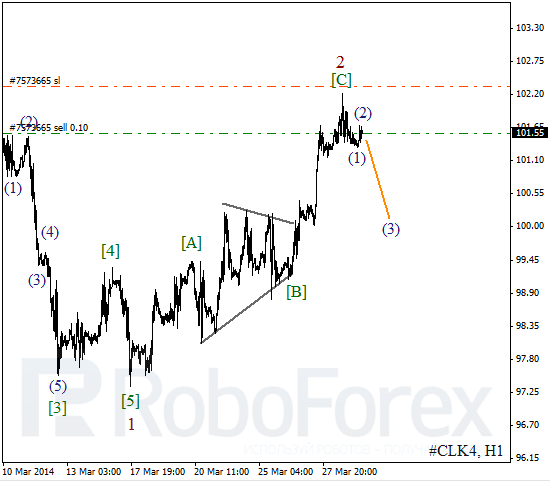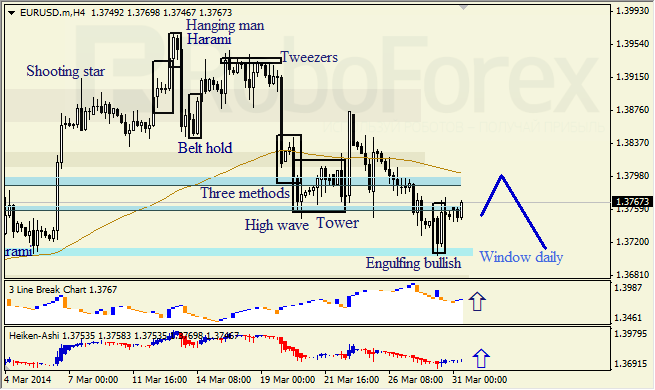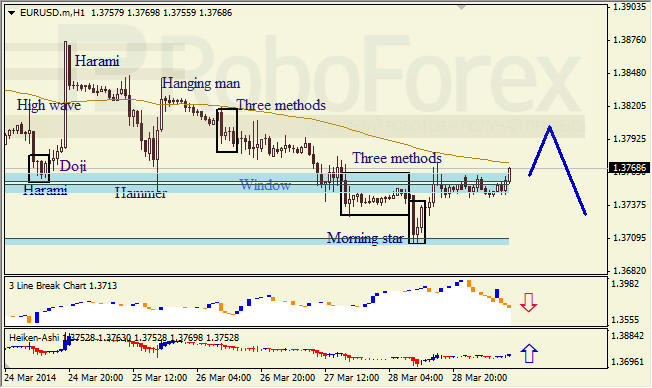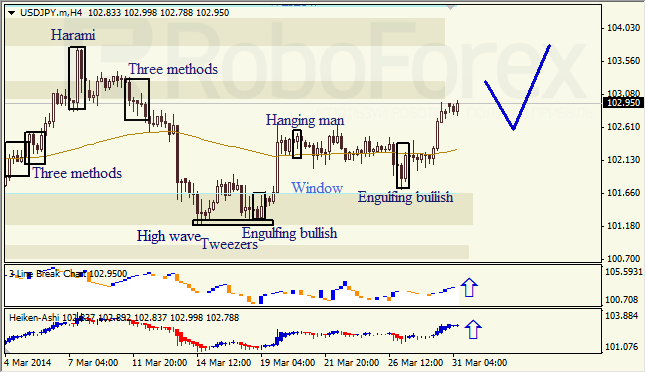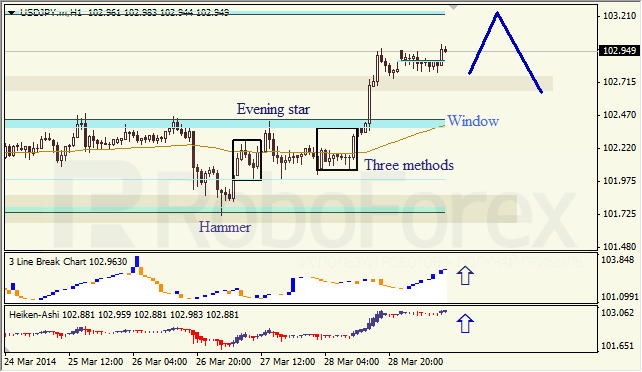By MoneyMorning.com.au
It’s been a busy morning, at the World War D conference. By 10am, Marc Faber had wrapped with his ideas and we were onto the next presenter.
Jim Rickards, author of Currency Wars, entered the stage to an excited crowd.
Rickards is always great to watch. He presented last year to a select group of Port Phillip Publishing readers. He is always generous sharing his experience and ideas with investors.
To kick start his 40 minute slot, he started talking about when he worked with the US government to create financial disaster scenarios in 2009. Currency Wars is dedicated to his ‘financial war games’.
As he explained, at the time, the government had no idea just how serious the financial threats were to the US economy.
You see, government officials understood what could happen with things like guns and bombs. But with today’s integrated market, the destruction caused by financial warfare is so much bigger than they understand.
It’s not just a metaphor according to Rickards. It’s a very real threat to big economies. However right now, America is most at risk.
One thing, Rickards said was that because of the financial warfare risks, it’s vital for fundamental investors not to ignore global macro events.
More than ever, he said, these events can affect your portfolio.
He used the current problems with Ukraine and Russia as an example.
Rickards suggested that America sending troops into Ukraine isn’t an option. And that’s not because Russia has big bombs, because the US has big bombs too. Simply put, Russia could crush the US’s financial markets. And while any financial warfare would hurt Russia, it would hurt America’s economy much more.
That’s what Rickards meant by financial warfare…
How would they do it?
If America really wanted to hurt Russia, they could start with seizing Vladimir Putin’s American assets. The next step could be to push Russia out of the dollar standard – like America did with Iran a few years ago.
But the problem is, the destruction from Russia could be so much worse.
The first step, Rickards estimates, could be something as simple as refusing to pay debt. If Russia refused to pay dollar-denominated debt, that would drive up interest rates in the US. This would have major flow through effects in the US economy.
Already the housing market in the US is precarious. Large interest rate swings could cause it to collapse. And the housing stock, dependant on easy and cheap credit, would topple.
But Rickards says it could be much more sinister than that.
This is a day and age of technology warfare. And the financial warfare wouldn’t be as simple as just not paying a few debts.
Russia could bring down the financial markets in the US with a bunch of hackers. Rickards says that although the US could also attack the Russian market with hackers, who do you think has more to lose?
The Russian market shutting down would hurt some investors…however the US market closing down would be catastrophic for the American economy.
Another topic Rickards touched on was the ‘liquidity trap’.
He says that central bankers are printing money as much as they can to keep the system afloat. The problem is, while the money supply may be increasing, the velocity of money is falling.
Why is the velocity of money relevant? Well, as Rickards explained to the raptured audience, people aren’t spending their money. He said they are more interested in staying at home and keeping what few dollars they have.
In order to get the velocity of money going, the central bankers have to work out how to get people to leave their house to spend it. As yet, US Federal Reserve chairman Janet Yellen or her predecessor hasn’t solved this problem.
A bigger concern to investors though, Rickards reckons is the deflation and inflation tug of war.
He knows that the central bankers have only planned for inflation to win. You know why?
Because deflation isn’t good for governments.
Rickards explained it this way:
Imagine prices go down 10%, but your wage stays the same. Even though you’re not making any more money, your purchasing power actually increases.
‘The problem is, the government can’t tax purchases anymore. So they don’t benefit,’ said Rickards.
However, Rickards added that the other problem with deflation is that it makes the debts too large to pay back. When this happens, people would rather default on their debts. With a debt laden banking system, the central bankers know this simply isn’t an option.
Which means Yellen, who is hell bent on inflation driving policies will keep printing money. As Rickards said, ‘It’s the wrong medicine to begin with, but she will administer it until the patient dies.’
Rickards finished up with possible ideas on what a return to sound money could look like. But his vital message for the audience was this: Pay attention to the global macro events. They will affect your portfolio.
And watch out for those nasty central bankers.
Shae Smith+
Contributing Editor, Money Morning
Join Money Morning on Google+

By MoneyMorning.com.au


